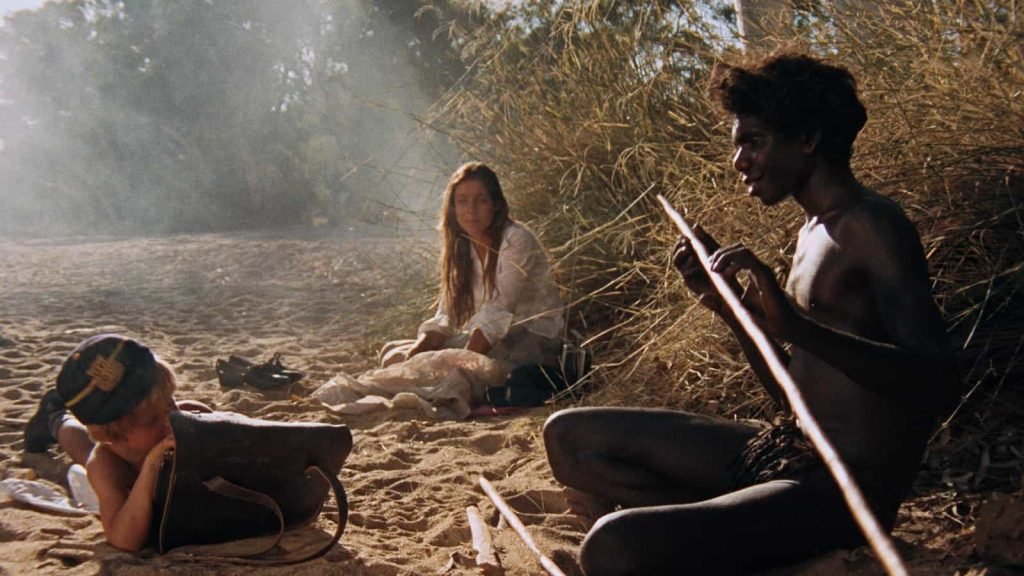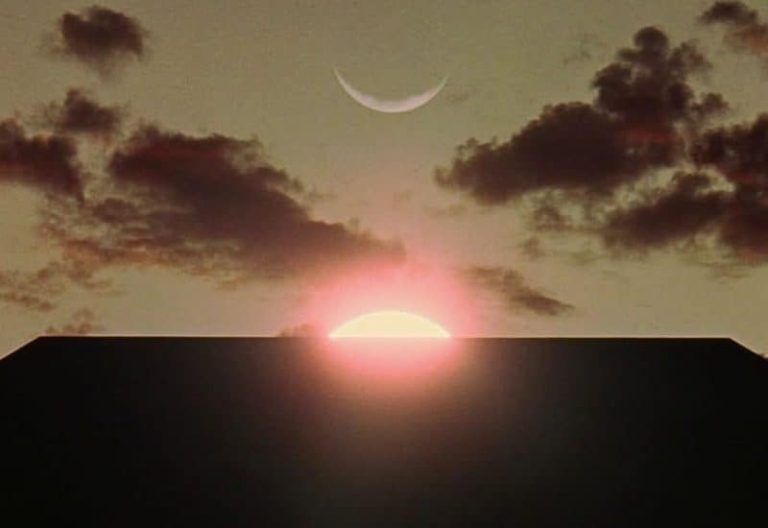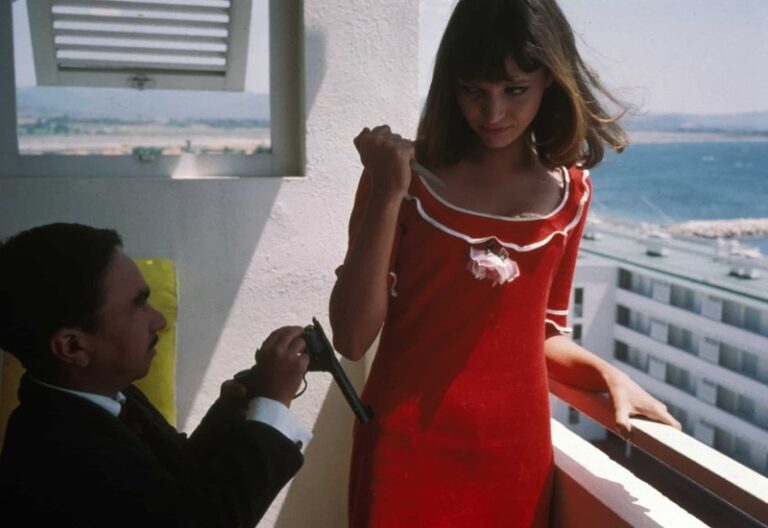australian new wave
est. 1970 – late 1980s
The Australian New Wave, also knows as Australian Film Revival, was a film movement from the 1970s and 1980s that modernized Australian film industry, and it marked a departure from the conservative, studio-driven productions that had dominated before. The movement was characterized by its willingness to engage with contemporary social and political issues, and by creating a distinctly Australian cinema that reflected the nation’s culture, history, and landscape.
Published by: CinemaWaves Team | Filed Under: Film Movements
Origins of the
Australian New Wave
The Australian New Wave originated within a mix of cultural and industrial factors that had been developing throughout the mid-20th century. Australia’s film industry, which for decades relied on mainstream genres like adaptations of popular novels or commercial comedies, had long been overshadowed by Hollywood and British cinema. This resulted in a films that often failed to reflect the diverse and distinctive Australian experience, focusing instead on formulaic narratives that appealed to global markets.
Throughout the 1950s and 1960s, Australian filmmakers faced significant obstacles, including financial constraints and studio interference, which severely limited creative freedom. Much of the local industry was structured around imported talent and ideas, with films being produced to cater to international audiences, often neglecting Australian voices and stories. Despite the country’s rich cultural tapestry and evolving national identity, Australian cinema struggled to find a unique voice.
However, by the late 1960s and early 1970s, a shift began to take place, as the new generation of Australian filmmakers emerged. These filmmakers were heavily influenced by international movements like the French New Wave and New Hollywood, which celebrated experimentation, unconventional storytelling, and a rejection of the old studio systems.
The global rise of auteur-driven cinema inspired Australian directors to embrace a more personal and innovative approach, moving away from the rigid formulas of the past. At the same time, the Australian government began taking an active role in supporting the local film industry. Initiatives such as the establishment of the Australian Film Development Corporation (later the Australian Film Commission) in 1970 provided much-needed financial backing, allowing filmmakers to pursue more ambitious, culturally relevant projects.

Characteristics of the Australian New Wave
Central to the New Wave was the desire to create a distinctly Australian cinema that reflected the nation’s culture, history, and landscape. This period saw a concerted effort to tell stories that resonated with Australian audiences and show the country’s unique attributes to the world.
The exploration of the Australian landscape became a hallmark of the movement. The vast and varied terrain of Australia, from its arid deserts to lush rainforests and coastal regions, was prominently featured in many films. This focus on the environment not only provided stunning visual backdrops but also played a crucial role in the storytelling.
The Australian New Wave was also marked by a strong sense of realism and social critique. Filmmakers addressed contemporary issues such as urbanization, environmental concerns, social inequality, gender roles, and the clash between tradition and modernity. There was a particular focus on the experiences of indigenous Australians and the country’s colonial history, bringing to light stories that had previously been marginalized or overlooked.

Important Filmmakers And Films
The first big success of the Australian New Wave, Ted Kotcheff‘s “Wake in Fright” (1971), which exposed the harsh and unexplored realities of outback life. The film’s uncompromising portrayal of Australia’s darker aspects resonated with audiences, both domestically and internationally. It demonstrated that there was an appetite for films that delved into the country’s authentic experiences. It was one of first Australian films to be nominated for the Golden Palm at the Cannes Film Festival.
The Australian New Wave was driven by visionary directors such as Peter Weir, known for films like “Picnic at Hanging Rock” (1975), and later his successful Hollywood career. Weir is often celebrated for his exploration of themes like identity, nature, and the mystical aspects of Australian landscapes. His works captivated audiences with their haunting beauty and deep philosophical undercurrents.
George Miller introduced the world to a dystopian vision of the Australian outback with the iconic “Mad Max” series. These films combined adrenaline-pumping action with astute social commentary, making them an international sensation. Miller’s innovative approach to storytelling and world-building laid the foundation for a new genre of action films.
Legacy and Influence
The Australian New Wave left a lasting impact on Australian cinema and the global film industry. It reinvigorated local filmmaking, fostering a sense of national pride, and a renewed interest in homegrown stories. Internationally, the movement gained recognition for its fresh and authentic storytelling.
Many Australian filmmakers who rose to prominence during this era continued to make a mark on global cinema. George Miller, in particular, with his “Mad Max” series, became a household name worldwide, and his influence on the action genre persists to this day. Today, the Australian New Wave stands as a testament to the power of film as a medium for cultural expression, social critique, and the exploration of identity.
Refer to the Listed Films for the recommended works associated with the movement. Also, check out the rest of the Film Movements on our website.
In the late 1960s and throughout the 1970s, until mid 1980s, a cinematic revolution unfolded in Hollywood that would forever change the landscape of the film. American New…
Film noir emerged in the early 1940s as a distinctive style within American cinema, marked by its dark, moody aesthetics and cynical narratives. The term “film noir” meaning…
Or La Nouvelle Vague, is one of the most iconic and influential film movements in the history of cinema. Emerging in the late 1950s and flourishing throughout the 1960s…
Postmodernist film emerged in the latter half of the 20th century, rooted in the broader cultural and philosophical movement of postmodernism. It started as a reaction…
In the early 20th century, a cinematic revolution was brewing in the Soviet Union. A group of visionary filmmakers, collectively known as the Soviet Montage School…
Auteur theory is a critical framework in film studies that views the director as the primary creative force behind a film, often likened to an “author” of a book. This theory…






